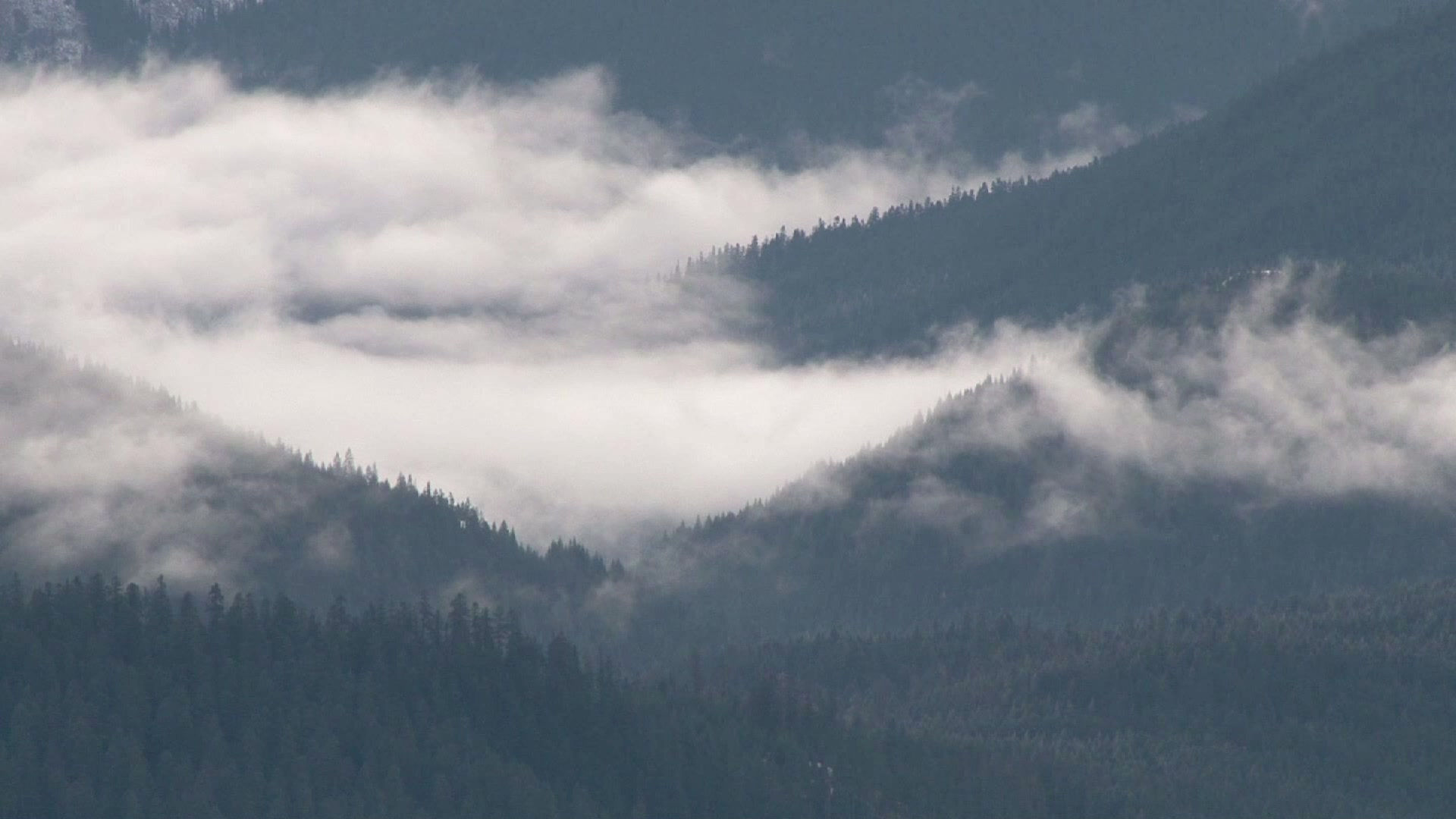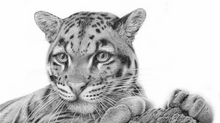The Mayhem maker
- Jon Isaacs
- Oct 18
- 4 min read
In the world of wildlife artists, subject choice is paramount. Many professional wildlife artists, whose choice of subject is vital to ensure a living wage, continually depict the same narrow selection of species in their work. Consequently, the big cats, elephants, rhino and wolves are examples of common place offerings. There also tend to be species that, for a time, are thrust into the limelight for a variety of reasons. Amongst these are currently pangolin and wild dog. Yet, there are countless species who have devoted followers, are interesting in terms of behaviour, have striking looks but are rarely depicted in art, whether 2D or 3D. So why aren’t they? No doubt it comes down to the risk factor involving guaranteeing a sale. The audience for such species is smaller. The artist has to spend considerable time understanding the creature, both physically and in terms of the way it acts, and reference material may be more limited. On the positive side, if drawn, painted or sculptured, there may literally be no competition!
I’m often left frequently wondering why some fabulous creatures are hard to find represented artistically. Fortunately, in David Dancey-Wood, we have a top class artist who loves a challenge, who is prepared to do the necessary research, and who has the skill to produce a representation which is not only accurate, but exudes the character of the creature as well. Consequently, over the years, he has drawn for me such diverse creatures as a Honey badger, Ground squirrel, Ethiopian wolf and Iberian lynx.
Some animals have a bad press and high amongst those must be the spotted hyena. Certainly the Lion King does little to raise its profile in a positive manner! Its odd shape, being higher at the front than the back. Its manic cry and the fact that the female exhibits “hermaphroditic” sex organs are just a few of the bizarre facts that it exhibits. It is often thought of as a scavenger but, in reality, it is a highly efficient predator, using great intelligence and clan numbers to bring down large prey such as kudu. It will, in numbers, take on and oust lion from their prey and can frequently be seen giving other animals a hard time. With its strong jaws, weight and clan numbers, many species are sensible in keeping out of its way.
I was reminded of what a force it can be on a recent safari to Klasserie in South Africa. Klasserie has a large number of hyena who seemed to be ever present, and causing trouble, whenever we were out on game drives. We saw two jackal trying to drive a hyena away from their den which probably had pups. The hyena could have killed them with a single bite, but by attacking it from either side they took it in turns to bite its rear as it turned to face the other one. Eventually the bewildered hyena gave up and retreated.

Next was a male cheetah, marooned on a termite mound whilst two hyena tried to dislodge it. It couldn’t afford to engage in a fight where it could have been injured or killed, so hissed and stamped the ground from the height of the mound. Eventually the hyena got bored and wandered off.

Next as a hyena’s target was a pride of lion with very young cubs that were feeding off a kudu kill. The cubs were at real risk from being snatched in the long grass by several bold hyena. We watched the manoeuvres for over an hour before leaving with the light fading. Next morning, we made a swift return, only to find the area deserted by lion and several satisfied hyena, with bulging stomachs, sprawled out on the ground having a doze or playing with the horns, all that was left of the kudu.
Finally, we were very fortunate to get to see a pack of wild dog, with eleven young pups, out on a ramble to get the pups used to travelling in search of prey, and to build up their muscle strength. The scene was tranquil, with pups interacting with one another, playing hide and seek in the long grass and getting reassuring licks from several adults. Suddenly, chaos as pups dived to get hidden in the long grass and the adults attacked in a united line against a trio of marauding hyena, attempting to grab an unwary pup. With great bravery and furious aggression, the adult dogs pursued them away from the pups whilst one dog remained behind to protect them. Again the hyena had failed but I’m sure it wouldn’t deter them for long before they tried again.
Amongst David’s work is a piece entitled “The Lazy Jester,” of a spotted hyena. It exudes many of the characteristics of the creatures we saw causing mayhem throughout our safari. It’s a beautiful piece of work, in my opinion much undervalued, and a rare example of an artist taking the trouble to record a fascinating creature that deserves more artistic recognition.














































Your study of the 'Mayhem Maker' is so expressive—you've beautifully captured the energy and personality of that bird